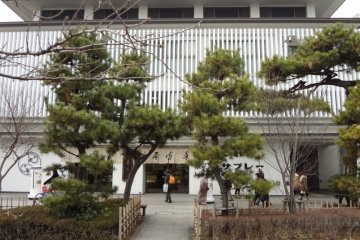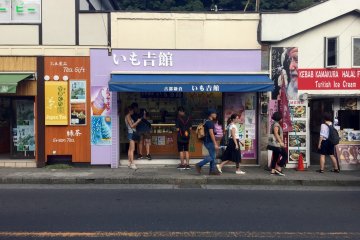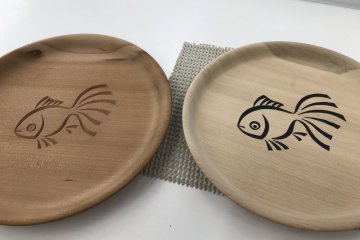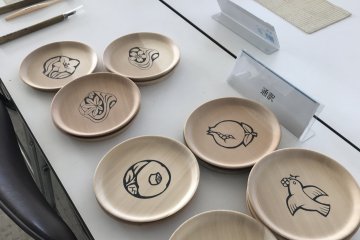There's no question that Kamakura is a city packed to the brim with culture. The region often gets the nickname of "little Kyoto", which is no surprise given the vast array of stunning shrines, temples, and traditional gardens you'll find in the area. The city also has a deep commitment to artisanship, with one of the most beautiful examples of this being kamakurabori. This type of lacquerware has a history dating back to the aptly-named Kamakura era (1185–1333) and is still an important industry to this day.
If you have an interest in learning more about this craft, a visit to the Kamakurabori Assembly Hall allows you to get hands-on and attempt some carving yourself! The venue has a range of workshops available suited to both children and adults, making it an activity the whole family can enjoy. On my visit there were a range of different small plate designs you could attempt to carve, including various flowers and animals. I chose the fish design which was said to be one of the easier ones, and it still gave me a massive appreciation for how difficult and intricate these carvings are...so much so that I had to ask for help from the kamakurabori artisan leading the class on several occasions!
The Kamakurabori Assembly Hall also features a cafe on the first floor of the premises. Guri Cafe specializes in shojin ryori, or devotion cuisine, a type of eating often followed by Buddhist monks. This cafe would be ideal if you're vegetarian, since shojin ryori dishes do not contain any meat. The shojin ryori set I enjoyed included a fried tofu dish served with brightly colored vegetables, a seasonal vegetable soup and rice, priced at 1500 yen plus tax. The food and any drinks you may order are served on beautifully carved kamakurabori lacquerware, giving you an additional opportunity to enjoy the intricate detail of these pieces.










